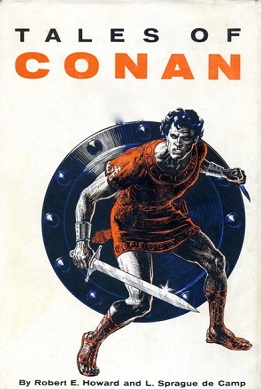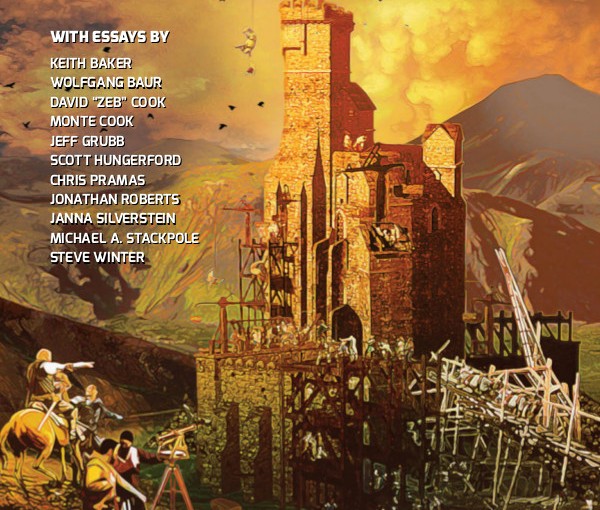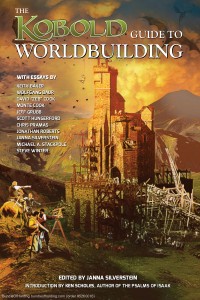
(Almost) everything you wanted to know about Cthulhu, but was afraid to ask (and understandably so).
Author/Designer: Kenneth Hite
From: The Bundle of Tentacles
This is from a bundle of cthulhoid gaming stuff, including several eldritch and tenebrous little games. But I didn’t need to spend untold aeons to ruminate over which game to pick. See, I have spent many an unquieting evening engaged in Cthulhuvian roleplaying – and I’ve even read several stories in the blasphemous world imagined by H. P. Lovecraft and his disciples. But I’ve always felt a little bit like an impostor. There is such a large backstory to the so-called Cthulhu Mythos, and I’ve never been quite sure which dark and horrifying tome to turn to first. Well, never fear, Kenneth Hite is here with this handy little introduction to the wonderful world of Lovecraft.
The book is 130 pages, but it feels much shorter. The pages are small and the writing large, and peppered throughout by cute little drawings of Cthulhu, Lovecraft and other, related characters. It’s divided into bite-sized pieces. Some answer important questions such as “Who is Cthulhu?”, “What happens in ‘The Call of Cthulhu’?” and “What’s the deal with August Derleth?”. Many others are lists of things, like “10 things things H.P. Lovecraft liked”, “10 things H.P. Lovecraft did not like” and “14 wrong ways to spell ‘Cthulhu’”. Hite has also included lists of some of the best stories by H.P. Lovecraft, best stories not by Lovecraft (featuring and not featuring Cthulhu), as well as cthulhoid films, games, comics et cetera.
My impression: I went into this book expecting a primer on Cthulhu mythos, and that’s pretty much what I got. As a matter of fact, it might even be a bit too basic – I don’t feel like I learned too much new stuff, and I would have liked a little more on the parts of the Mythos that is not directly related to the Big C himself. What about the Dream Cycle, for instance? Or maybe a little about the philosophical underpinnings of Lovecraft’s work?
On the other hand, I was well entertained throughout the book. The book is clearly meant to be entertaining, and it is witty and polemic throughout. At the same time, I did learn a number of things about Lovecraft, his writings and the writers he inspired. It is clear that Hite has a knowledge and great passion for the Cthulhu mythos, and his views and opinions often shine through.
As such, this might be more of a Cthulhu appetizer than a “Cthulhu for Dummies”. That’s not such a bad thing, though – the world of Lovecraftian fiction and games can be difficult to penetrate, and this provides for good and enjoyable introduction for the beginner, while at the same time providing more experienced Cthulhuoids with a nice brush-up on the genre.
How would I use this: If I had bought this book as a physical book, instead of getting it as a pdf only, I might well have put it next to the loo – it seems the perfect format for a toilet book, with nice, bite-sized chunks. As it is, I am most likely to use the hit-lists of stories and films, to find out what to seek out first in my quest to gain proficiency in Lovecraft. And if I am ever playing Call or Trail of Cthulhu, or something similar, with people who are unfamiliar with Lovecraft, I might well hand them this.




